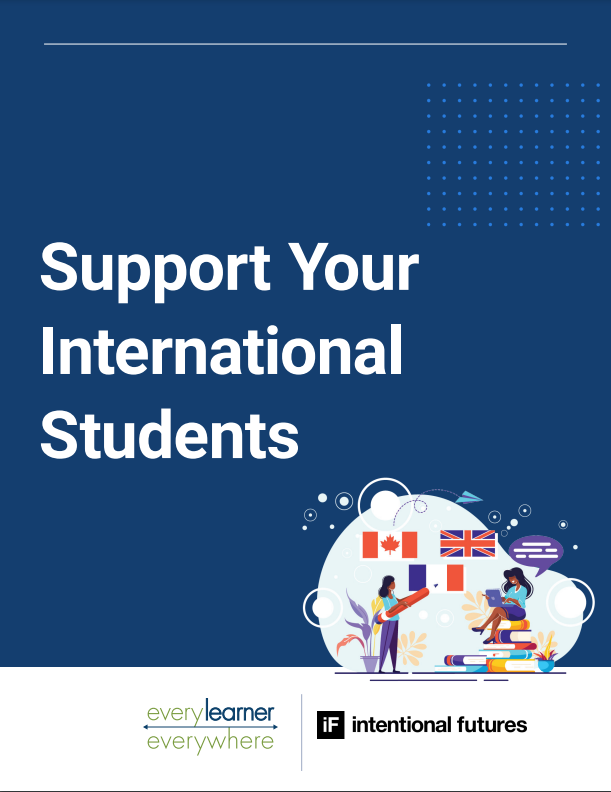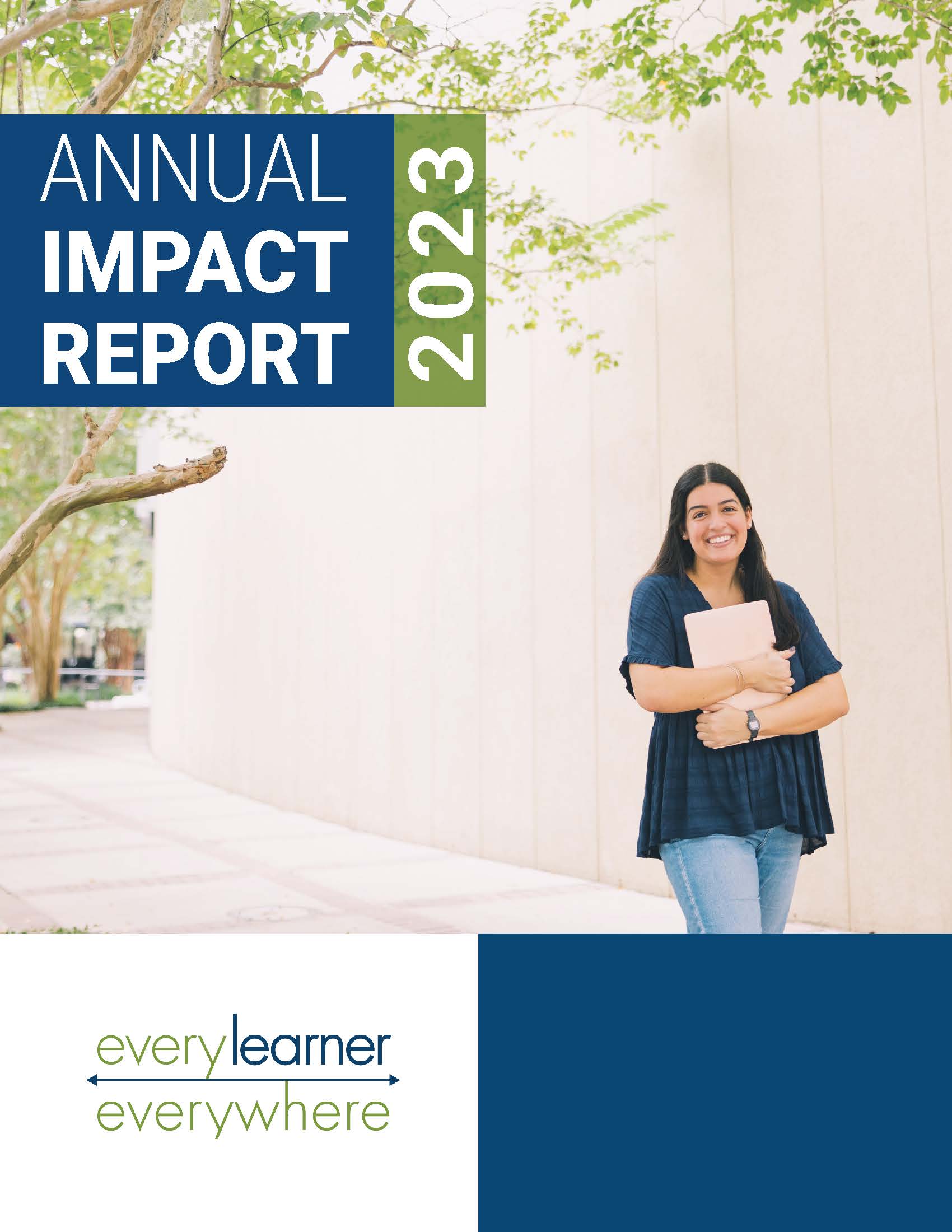International students are being disproportionately impacted by the rapid shift to distance learning. Contrary to popular belief, many international students in the U.S. come from poverty-impacted households. Many are also Black, Brown, Latino, and Pacific Islander students, and/or are first generation students. These students automatically find themselves at a disadvantage and face many additional barriers (whether it’s financial, cultural, social, professional) in their new and culturally foreign academic environment. Administrators are responsible for ensuring international students have an equitable learning experience in the virtual classroom. Students seek a formal education in the United States for a multitude of reasons, and the benefits of doing so are just as numerous for them as they are for citizens and institutions. In U.S. colleges and universities, students can enroll in small classes with exceptionally qualified faculty who provide personalized mentoring, they often become part of residential communities that are interactive and inclusive, and they can more easily secure access to powerful alumni networks and opportunities that might not otherwise be available.
As we continue to navigate a global pandemic and more institutions embrace digital learning, it is imperative that administrators do what they can in the near term to optimize the remote learning experience to be more inclusive and equitable for international students. At a time when our international students are concerned and distracted by the looming uncertainty of their future, administrators can do their part to ensure they are seen, heard, and valued in the virtual classrooms of today.
This document is meant to give administrators clarity around the unique barriers that remote learning causes for international students, and to identify immediate ways to support international students in their learning journey today, providing suggestions for breaking down those barriers and promoting equity in the virtual classroom.
Download Resource





